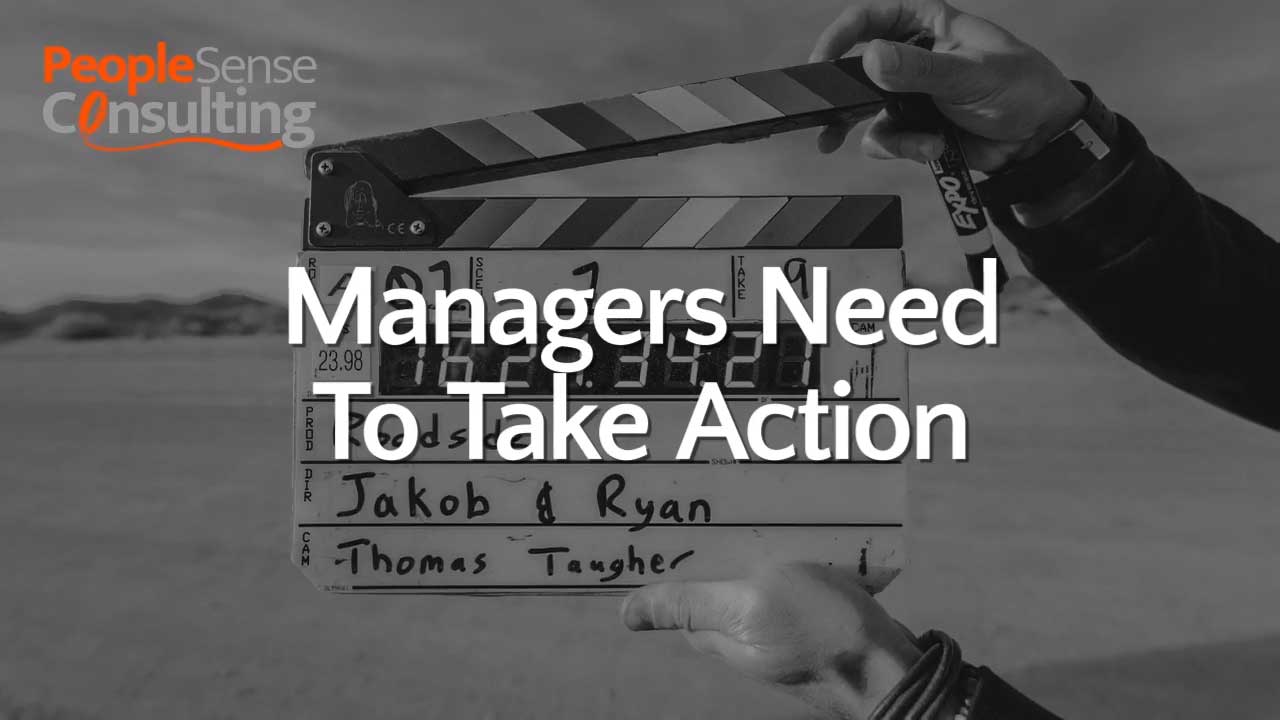
Managers Need to Take Action
Some managers think that employee issues are going to solve themselves, but that is rarely the case. In the video, Robin offers suggestions to managers for how to take action even though their tendency might be to ride out problems.
Managers often think that employee conflicts will resolve themselves – and sometimes they do – but it is not very often. It is much more likely that it is going to need your support and intervention.
In this video, I am going to be talking about the importance of taking action, but also providing a tip for those of you who struggle with moving things ahead.
Monitoring the Situation
There are a number of logical reasons why you would think an employee conflict would take care of itself on its own.
You are probably putting your trust in the players involved, so that they can work through this on their own. That is not necessarily a bad thing, as long as you are monitoring the situation and really making sure that it is a feasible solution given the situation.
It is likely they have been dealing with this longer than you have even been aware of and it is also possible that you have different tolerance levels for whatever the issue is at hand. Some thing that may seem like a mount to them, could be like a mole hill to you.
Take Notes
No matter what the situation, you, as the manager, still need to make sure you take action and help your team resolve conflict.
If you are the type of person who likes to lay low and see what happens, I have a tip for you.
The very first time you hear about a situation, take a note of it – a physical note. It could be electronically, on a piece of paper, or a pad of paper on your desk. You want to make a log of the occurrences that you are hearing or witnessing relative to this particular situation.
That way, you can start to look back over time to see how frequently it is coming up and you will also understand the length of time that it has been around so that you are not letting it linger too long.
Ranking System
I suggest you use a simple ranking system to help you identify the severity of the situation.
Perhaps an easy numeric scale of 1 to 5, with 1 being minor and 5 being severe. Identifying this situation relative to a number will help you put it into context so you can understand how important the situation is in the bigger picture.
You are going to want to move through and resolve even things you have identified as lower on the scale. Obviously, if you have indicated that this is a pretty important situation, you are going to want to move that through faster.
Having the awareness through this tracking system, both in terms of length of time and significance of issue, will help even the most laidback manager move forward and take action.
Be sure to check out other videos in the Learning Resource Center available to you as a member. Here’s to your graceful leadership!

